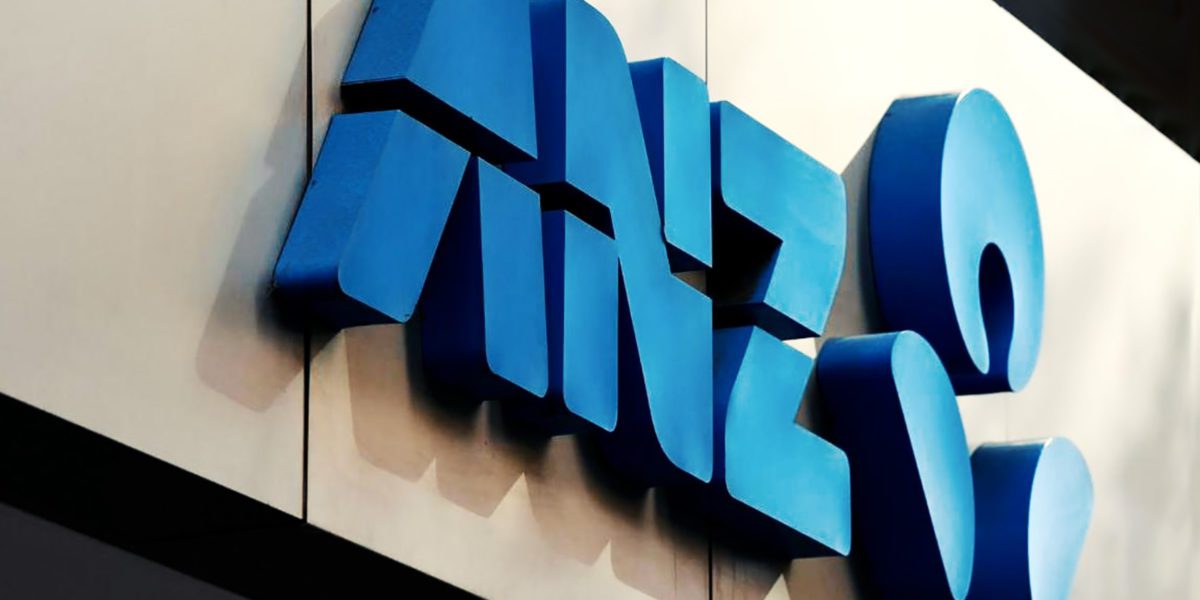Are ANZ shares worth $18?
With bank shares bouncing back viciously over the past month, I’d wager that thousands of income-hungry investors are asking if ANZ Banking Group (ASX: ANZ) shares are now too expensive to buy.
In this short article I’ll use ANZ as my example to explain how bank analysts go about providing price targets on bank shares and the things you can think about as you size up a bank investment,
Are ANZ shares overvalued?
Given that Australian bank shares like ANZ have a history of paying consistent dividends – and tend to be stable businesses like REITs or even ETFs – we can use a modelling technique called a dividend discount model or ‘DDM’ to do a valuation based on the expected dividend payments to shareholders.
Basically, ‘what would a consistent dividend income stream be worth?’
Not only do we need to make quick (and sometimes dirty) estimates about the future of the dividend, we also need to apply a risk rating that will ‘discount’ the future dividends back to today’s dollars.
My DDM uses the dividends that shareholders are ‘expected’ to receive in the future to put a valuation on the shares. This is not the only way to value a bank share but it’s easy and intuitive.
Risk rates
First, we have to pick a yearly ‘risk’ rate to discount the dividend payments back into today’s dollars. The higher the ‘risk’ rate, the lower the share price valuation. To keep things consistent and robust, I’ve used a few different rates, from 9% to 14%, so you can see the impact it has on ANZ’s share valuation.
Forecast dividends
In the first instance, I’ll assume last year’s annual dividend payments are consistent this year. Warning: recently, ANZ decided to ‘defer’ its dividend payment to shareholders, which is the exact same thing as saying it was cancelled (after all, if they don’t pay the dividend, the dividend doesn’t exist).
In any case, using my quick DDM model we will assume last year’s dividend payment as a starting point and forecast it to grow at a consistent rate in perpetuity (i.e. forever). Instead of just picking one number (e.g. 2% dividend growth), I’ll run my model at a few different yearly rates – between 1.5% and 3% – and then get the average valuation.
Normal dividend valuation

My average DDM valuation under these assumptions for ANZ shares is $18.20. The valuation compares to ANZ Banking Group’s share price of $19.49.
Adjusted dividend valuation ($1.20 per share)

However, using an ‘adjusted’ dividend payment of $1.20 per share, the valuation drops to $13.65.
My takeaway on ANZ
While this modelling suggests ANZ shares could be expensive, keep in mind that neither of these two models adjusts for the benefits of franking credits, which – if you use our franking credits calculator – will know can be significant.
And of course, this DDM model is extremely simple and back-of-the-envelope style, so don’t rely on the numbers as if it were an exact science. Other things you need to consider include asset sales, the focus between non-interest income and, of course, interest income — which requires you to make an assumption about loan book growth, net interest margins and bad debts. Then there’s downside risk and understanding the capital structure of CET-1… the list of important factors is endless.
If you want to know more about doing a DDM model for any dividend-paying company and to download our spreadsheets, you can head over to the Rask Education website and enrol in our free valuation course.
Disclaimer and warning: The information in this article is limited to general financial advice only. That means, the advice does not take into account your objectives, financial situation or needs. Because of that, you should consider if the advice is appropriate to you and your needs, before acting on the information. If you don’t know what your needs are, you should consult a trusted and licensed financial adviser who can provide you with personal financial product advice. Please read The Rask Group Pty Ltd’s Terms of Service and Financial Services Guide.
Disclosure: at the time of publishing, Owen does not have a financial interest in any of the companies mentioned in this article.









